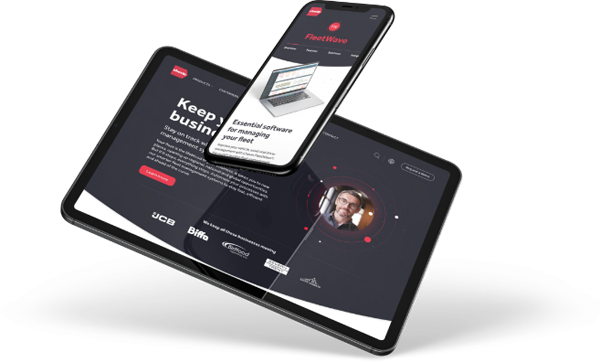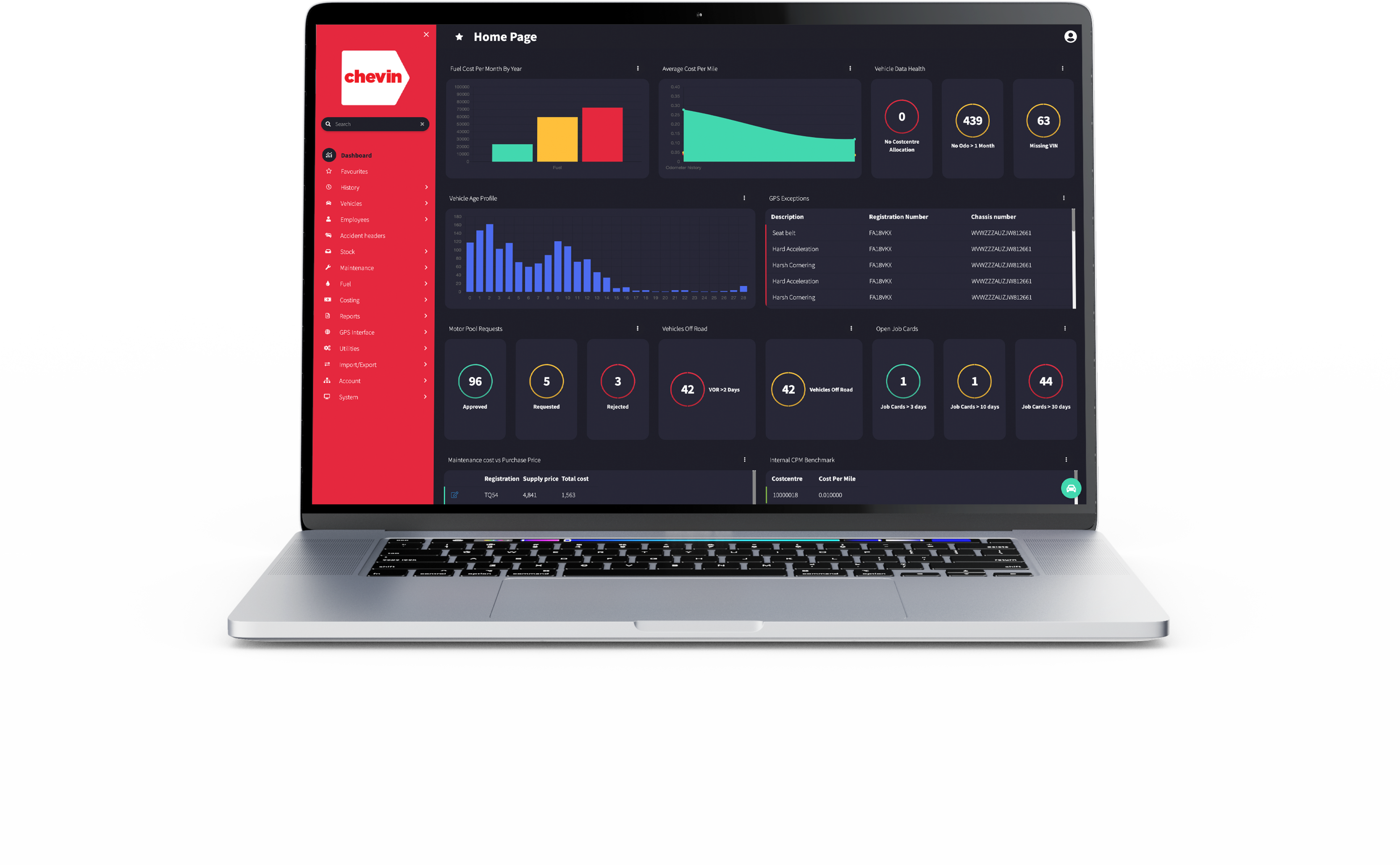Advertisement feature from Chevin
 Procuring vehicles for your fleet will take up a major part of your budget, so it’s important to choose the right vehicles.
Procuring vehicles for your fleet will take up a major part of your budget, so it’s important to choose the right vehicles.
As a fleet manager, selecting the best and most suitable vehicles can present one of your greatest conundrums. It’s not just about keeping employees happy – which is a challenge. And that sometimes means that the obvious choice  isn’t always the best.
isn’t always the best.
So when it comes to vehicle selection, one of the biggest questions we hear from fleet managers is: “How can I make the best procurement decisions?”
First things first: do your research! The best strategy is to assesses all factors that can impact on budget: capital expenditure, leasing options, practicality and cost of ownership.
When choosing fleet vehicles, here are five top considerations:
1. Work out usage and operation
Whether you’ll be buying, financing or leasing your fleet vehicles, make sure that they are appropriate for the intended use.
With a huge range of petrol, diesel, hybrid and electric vehicles, it’s more important than ever to work out if the vehicle will be used for lengthy motorway commutes, urban stop-start driving or other specialisms such as off-road jobs.
This is where vehicle type and fuel become very important.
2. Cost
Cost counts. It underpins everything, not just the up-front sticker price. Do some research into tax burdens, funding costs, leasing costs, maintenance and fuel costs and even residual values.
You might be leasing and think used values don’t matter. But they do. Cars or vans with poor residual values are usually that way for a reason. It’s up to you to find what their weakness is, because it might be something that could cost you a lot of money in the long run.
For this reason, it’s best to look at the total cost of ownership. Understand every aspect of what you will incur financially, and your long list will soon become a shortlist.
3. Set standards
Are your chosen vehicles a good representation of your business? By standardising specifications and having a clear idea of what you want from the start, you can make sure that your chosen vehicles reflect your business objectives, branding and image, as well as providing employees with the right vehicle for the job.
By having standardised specifications for vehicle types and roles, you can also be consistent when it comes to maintenance, training and parts.

4. Be safe
While reducing accidents will make your fleet safer, it will also save you money with lower insurance premiums and reduced vehicle downtime.
So it’s worth considering vehicle technologies that are designed to enhance safety and limit the potential for accidents. A cost-benefit analysis of those solutions can lead to more informed choices.
5. Maintain and repair
Maintenance can be a costly element of vehicle ownership, so be sure to do your research into projected costs for a vehicle’s routine service needs, parts and labour.
Check the warranty coverage to ensure that it will offset against projected repair costs, too.
Want to find out more?
To find out more about vehicle procurement and start your smart fleet management journey, click here
















Login to comment
Comments
No comments have been made yet.